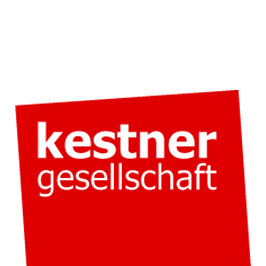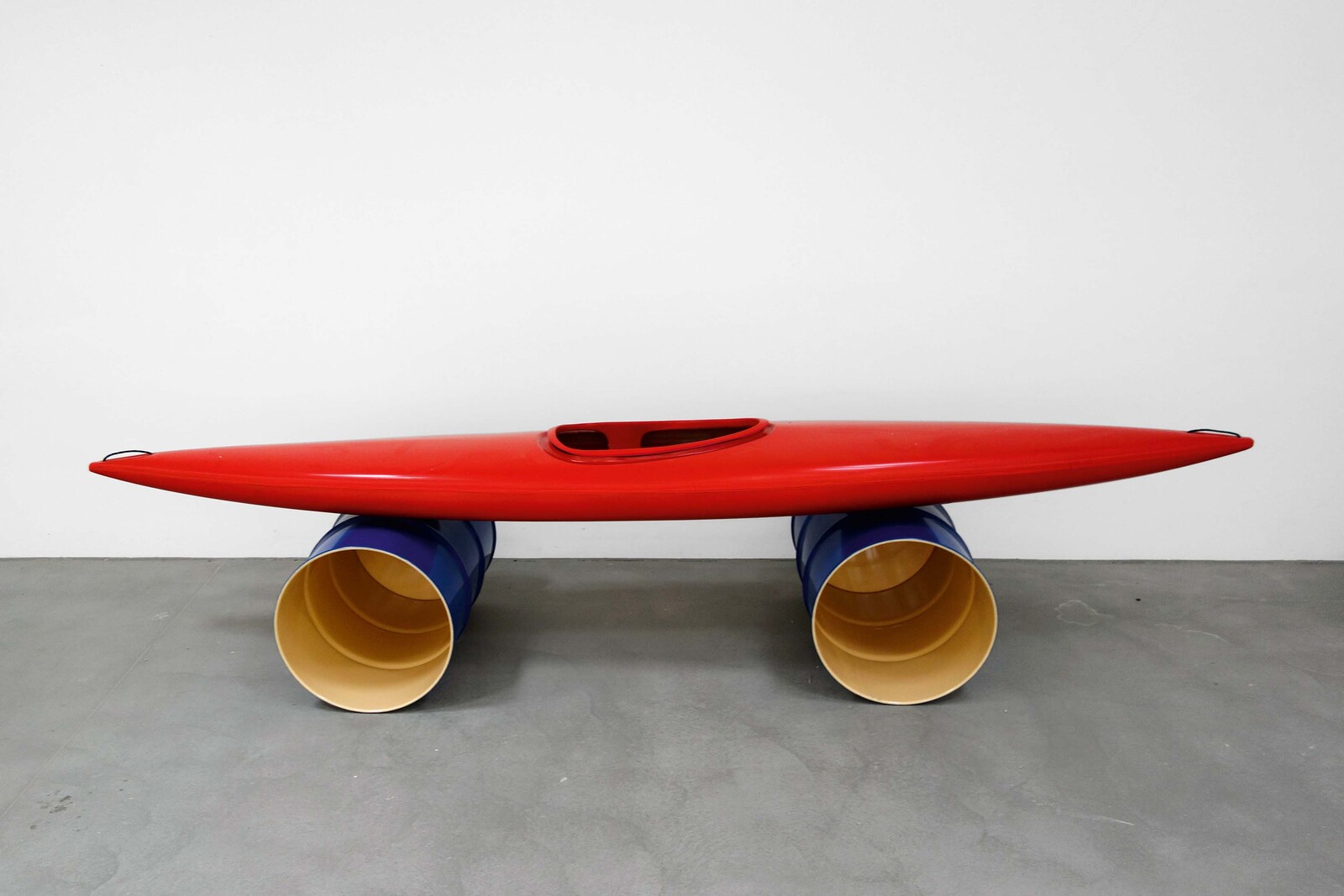New Works
August 24–November 4, 2018
Goseriede 11
30159 Hanover
Germany
Hours: Tuesday–Sunday 11am–6pm,
Thursday 11am–8pm
The Kestner Gesellschaft is featuring the artist Roman Signer (*1938, Appenzell) in an extensive solo exhibition with new works mainly from the past three years. The diverse oeuvre of this internationally renowned Swiss sculptor will be presented with 13 sculptures and installations as well as five films on both floors of the exhibition venue. Known for his explosive performances, the artist has been working on an expanded concept of sculpture since the early 1970s. Signer focuses on processes, material properties, and working with ordinary objects. His works thus show connections to conceptual art, Land Art, and Arte Povera. Signer augments the three dimensions of sculpture with a fourth: time. Using moving everyday objects such as a moving lawnmower and flying model helicopters, the passing of time and traces of past events are also made visible and tangible as metaphors for transience. The exhibition Roman Signer: New Works also features two walk-in installations that will be presented for the first time at the Kestner Gesellschaft.
Recurring Vocabulary
In Roman Signer’s works, everyday objects appear as recurring motifs in new contexts, including specially prepared bicycles, flying buckets, dancing walking sticks, helicopters, and drones. The objects are not exhibited in their usual function, but in unusual and sometimes humorous arrangements. For instance, the installation Schirm (2016) features two fans that engage in a kind of dialogue through the opening and closing of an umbrella. The video work Dachlawine (2017) shows industrial barrels filled with water that come loose from their fixtures after a simultaneous blast and roll down a roof. After a great spectacle, what remains is the metal in a new form.
Physical forces—explosives, water power, or motors as well as the force of gravity—are front and center in Roman Signer’s works and reveal their sculptural potential. Thus focused, speed, power, and chronology become tangible. Viewers can understand time as movement in space. Especially in waiting for the predictable and the rapid change, time can be experienced in expansion and compression. Time also appears in traces of the past, as in Spur (2016), and as the possible future, as in Kajak (2016), which could roll through the exhibition space on two industrial barrels.
New Works
For the first time, two large, walk-in installations will be shown at the Kestner Gesellschaft: Runder Raum (2017) is a wooden rotunda with a diameter of six meters. In a new performance, Roman Signer sprays yellow streaks of paint along a wheel in semicircular arcs, which also relate to the round windows of the former Goseriedebad. In the installation Milchstraße (2018), which was created specifically for the Kestner Gesellschaft, the sculptor turns to a new subject: the universe. A white carpet and a wooden corridor invite visitors to walk along the stars.
Roman Signer was born in 1938 in Appenzell. He studied at the Schule für Gestaltung in Zurich and Lucerne as well as at the Academy of Fine Arts in Warsaw. Since his participation in documenta 8 in Kassel (1987), Skulptur Projekte Münster (1997), and the Venice Biennale (1999), he has been one of the most important contemporary artists. Signer has been featured in solo exhibitions at the Kunstmuseum St. Gallen (2018), Kunsthal Aarhus (2017), Middelheim Museum in Antwerp (2016), MAN Museum in Nuoro (2016), Sprengel Museum Hannover (2010), and Hamburger Kunsthalle (2009), among others. In Hanover, the artist was also represented at Expo 2000 and the Herrenhäuser Gärten (2010) with a project. He was recognized for his oeuvre with the Prix Meret Oppenheim (2010), the Ernst Franz Vogelmann Prize for sculpture (2008), and the Kunstpreis Aachen (2006). He lives and works in St. Gallen.
The exhibition is supported by Pro Helvetia, the Swiss Embassy, and the friends of the Kestner Gesellschaft.
Curator: Christina Végh
Assistant Curator: Julika Bosch
Also on show: Nevin Aladağ: Part 1: Best Friends



